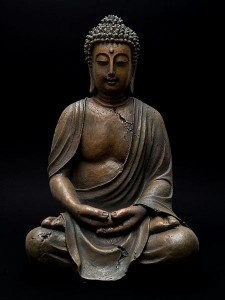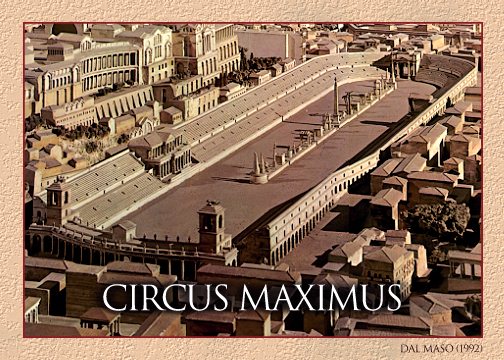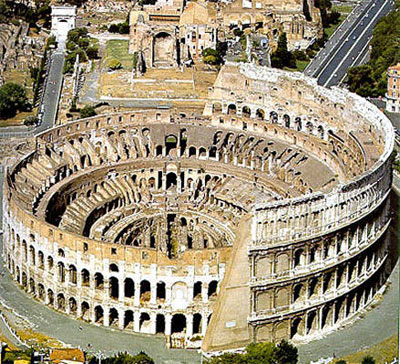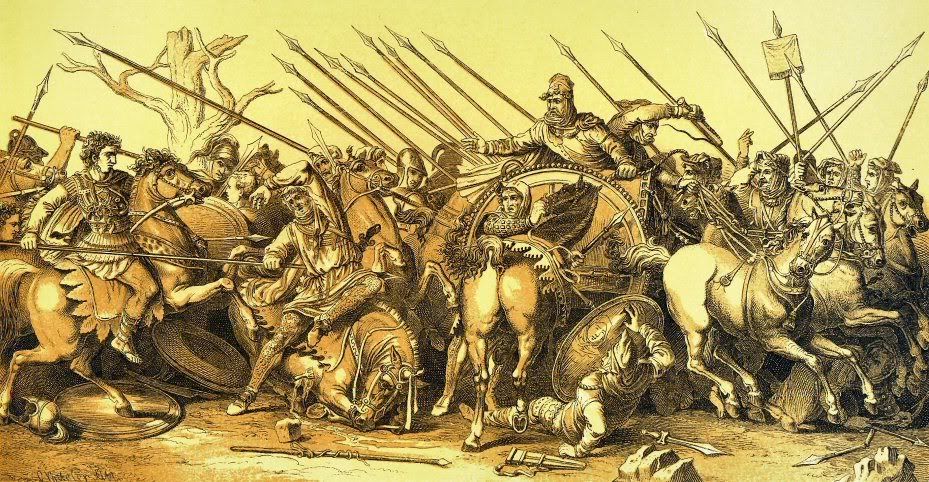Confucianism
Confucianism, a philosophy that originated in China during the Era of Warring States, was created by Kung Fu Tzu. He came from a class of scholars who based their teachings on their ideas; he and his disciples traveled around China spreading his ideas, which were not extraordinary at the time due to it being one of many ideas created by scholars. Confucius emphasized human interaction and a human society, and he claimed that he was a reformist of ideas from the Zhou Dynasty. Contrary to the supernatural beliefs of the previous dynasty, Confucius believed in a philosophy about people and how one treats another. His central ideas were to respect the social hierarchy, rituals, and parents. His ideas were a reiteration of what people knew, but since the political and social system had broken down during the Era of Warring States, he wanted China to return to its original state. He believed the key to good government was education, which was against the idea of sheer efficiency of that time. Once China became unified, the solution of keeping the empire unified was for the elite to be brought up by a standard education, which was the idea of Confucianism. Confucianism became more popular than the many other philosophical ideas of the time because of the work of Confucius's disciples. A strong bureaucracy, which was run by Confucians, sprung up because of Confucius's educational ideas that formed the examination system.










